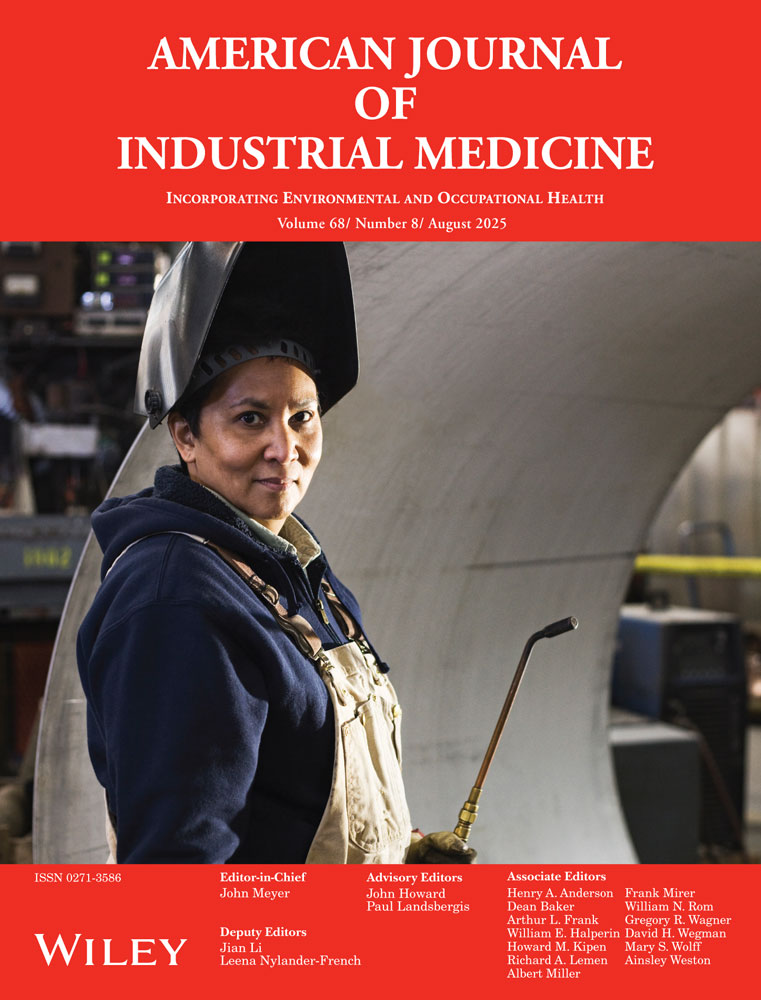Nasal septum lesions caused by chromium exposure among chromium electroplating workers
Abstract
A chromium electroplating worker, suffering from epistaxis during work, was found to have nasal septum perforation. To determine the etiology and prevalence of nasal septum lesions, we conducted a survey of seven chromium electroplating factories and examined 79 workers. Forty workers from three aluminum electroplating factories were also enrolled as the reference group. Subjects were thoroughly examined by an otolaryngologist and each of them provided a blood and urine sample. A questionnaire interview regarding symptoms of the upper respiratory tract, past medical history, life style, and work history was also conducted. Air chromium concentrations were measured by taking area samples for 4–6 hours. Based on field observation and chromium measurements, we divided chromium electroplating into three different exposure zones: workers directly dealing with electroplating tanks (n = 31), other process workers (n = 29), and office workers and drivers (n = 19). Among the 79 chromium electroplating workers, there were 16 cases of nasal septum perforation, and 42 with either scar formation or ulceration; 10 chromium electroplating workers developed skin ulcers after performing chrome plating. No workers from aluminum electroplating factories had any nasal septum or skin abnormalities. There was a consistent trend between the degree of chromium exposure and the signs and symptoms related to the nose, throat, and skin. Immediate improvement of occupational hygiene is warranted.




